Yooka-Replaylee Review Shows a Better, Yet Still Conflicted, Return to Classic 3D Platforming
Playtonic Games’ Yooka-Replaylee revisits the 2017 collectathon that once aimed to recapture the charm of Banjo-Kazooie but ended up dividing its nostalgic fanbase. Eight years later, the developers have brought it back under a cheeky new title, positioning it as more than a simple remaster. Yooka-Replaylee is a full rework that removes several pain points of the original and replaces them with improved controls, better pacing, and significantly enhanced visuals. However, the game’s new identity also highlights just how tied it remains to the conventions of classic 3D platformers.
As described in Travis Northup’s IGN review, Yooka-Replaylee refines much of what made its first release frustrating. Camera problems, slippery movement, and missing fast travel have been corrected or restructured entirely. The game now plays with smoother motion and cleaner visuals, featuring a redesigned layout for its levels and collectible structure. The original Yooka-Laylee suffered from clumsy camera work and inconsistent control responsiveness, making platforming sequences harder for the wrong reasons. In Yooka-Replaylee, the controls are responsive enough that even failed jumps feel like the player’s fault rather than a technical flaw.
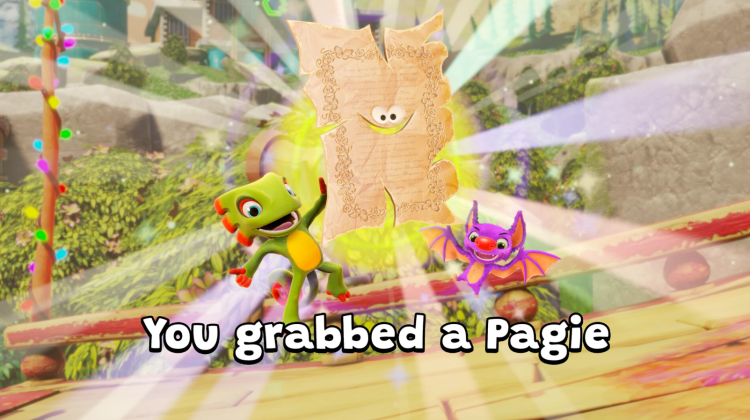
The overall design still leans heavily into its roots. Yooka and Laylee hop, roll, and glide through bright, cartoonish worlds, chatting with the game’s oddball cast and gathering “Pagies” to open new areas. The gameplay loop remains simple: players solve light puzzles, clear out goofy enemies, and complete quick mini-games such as minecart runs to earn collectibles. The combat remains basic, relying on a repetitive tailspin attack that dispatches most enemies with minimal threat.
Despite these limits, Yooka-Replaylee’s structure has been modernized to streamline progression. Instead of gradually unlocking abilities across levels, all powers are available from the start, allowing players to fully explore the five main worlds immediately. The new system removes backtracking, enabling fast travel and quick level completion. The game also doubles the number of Pagies per level — now fifty instead of twenty-five — and provides a checklist map for completionists to track their progress.
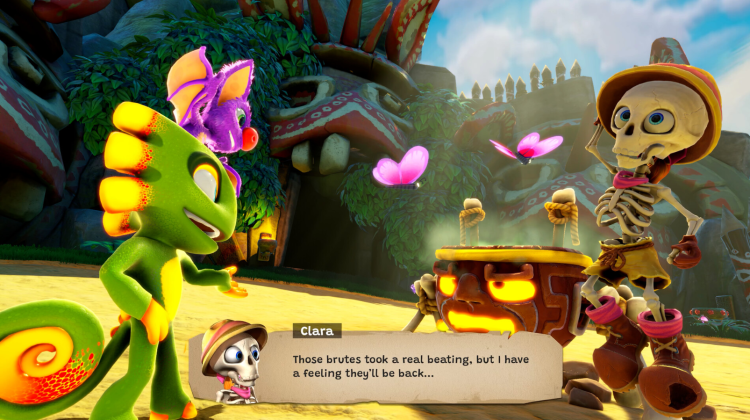
These updates significantly improve pacing, letting players clear zones efficiently. However, they also introduce strange side effects that make progression feel inconsistent. Some Pagies require a full challenge or boss fight, while others sit openly in plain sight, reducing the sense of accomplishment once tied to each collectible. In one instance, Northup noted that after completing just two worlds, he had already gathered enough Pagies to access the final boss and finish the story.
This open-ended structure blurs the intended flow of the adventure, resulting in an uneven experience. The narrative, once intertwined with exploration and character encounters, becomes fragmented. Characters like Trowzer the snake and Dr. Quack, who once played memorable roles, now appear less frequently due to the redesigned mechanics. Trowzer’s purpose as an ability vendor disappears since players no longer need to purchase skills. Meanwhile, Dr. Quack’s quiz sequences — previously divisive but characteristic of the original’s humor — have been cut entirely.
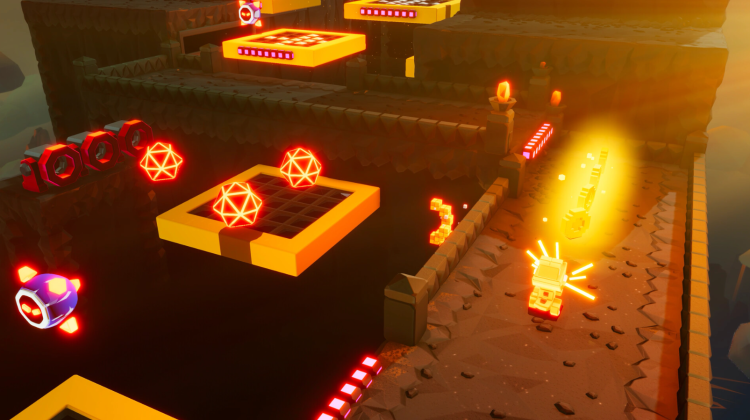
The removal of these interactions trims down the charm that once defined Yooka-Laylee’s personality, replacing it with a leaner but emptier progression. The story no longer maintains the same rhythm, as cutscenes reference events tied to worlds players may skip entirely. This structure allows freedom but sacrifices cohesion.
Yooka-Replaylee’s technical improvements are clear. The visual upgrade is substantial: environments glow with color, lighting is refined, and character animations are more expressive. Each world feels more vivid, filled with detailed backdrops and smoother movement. Cosmetic options add variety, allowing players to customize Yooka and Laylee as they collect Pagies. The graphical polish brings the presentation closer to modern standards, even as the core gameplay remains a callback to the early 2000s.
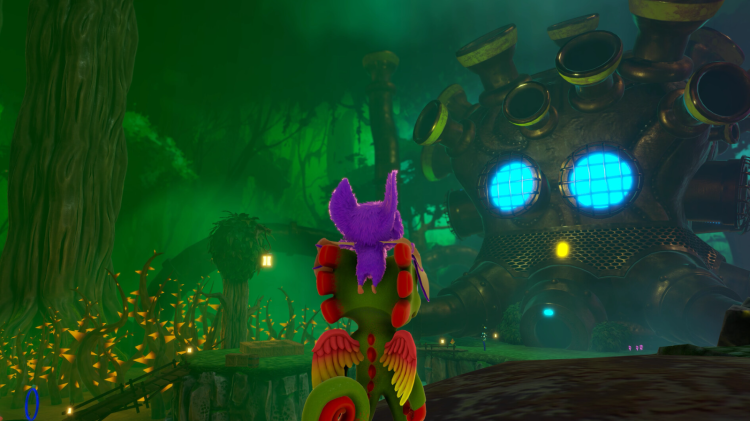
However, the technical side is far from flawless. Northup reported multiple performance issues, including sudden crashes and noticeable frame rate dips during boss encounters. While less game-breaking than the original’s bugs, these interruptions are still frustrating, particularly given how improved everything else feels.
Yooka-Replaylee also faces a tonal dilemma. It positions itself as both a nostalgia project and a modernized reimagining, but struggles to fully satisfy either goal. The original game leaned on player affection for Banjo-Kazooie’s golden-era platforming. This version refines the same foundation but introduces new pacing and collectible structures that clash with its nostalgic identity. As a result, it risks feeling generic despite its many upgrades.
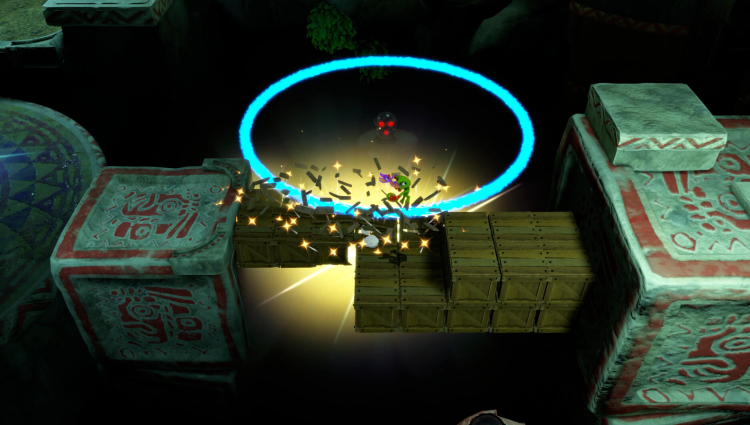
In gameplay terms, the changes encourage fast, uninterrupted playthroughs. Players can sweep through entire worlds with minimal downtime, grabbing collectibles without needing to return later with new powers. This freedom fits current gaming trends that emphasize efficiency and accessibility. Yet, for those who loved the slower, exploration-heavy rhythm of older platformers, Yooka-Replaylee may feel hollow.
Even its humor and writing — once central to the experience — have been thinned out. Many side characters appear less often, and the overall tone leans more straightforward. While this makes the game cleaner and easier to navigate, it also loses some of its personality.
“Yooka-Replaylee aims to overhaul a platformer that was rife with frustrating issues, and while it does feel better for it, none of its changes do enough to bring it close to the 3D platforming standards of today.” — Travis Northup
His assessment highlights the divide between technical progress and creative stagnation. The core mechanics, including the improved movement and camera systems, show clear progress. Yet, the game’s identity remains firmly tied to nostalgia, and its gameplay loop has limited depth compared to more inventive modern titles like Astro Bot or Donkey Kong Bananza.
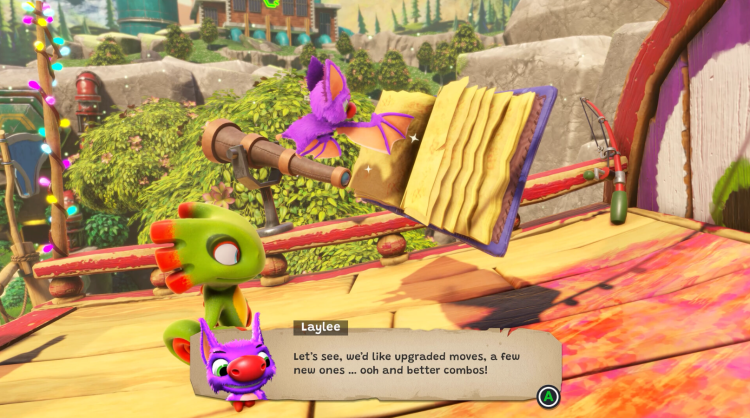
Yooka-Replaylee’s approach to collectibles mirrors modern reinterpretations such as Super Mario Odyssey, where rewards are abundant and easy to find. But the comparison also exposes its shortcomings. While Odyssey’s collectibles were integrated naturally into the flow of exploration, Yooka-Replaylee’s placements feel uneven, suggesting leftover fragments from its original design. Some challenges require effort and puzzle-solving, while others appear randomly placed without meaningful context.
Despite these oddities, there is clear evidence of Playtonic’s commitment to improvement. The control scheme is tighter, collisions are smoother, and platforming sequences benefit from the absence of constant camera frustration. The ability to fast travel between level sections speeds up pacing and eliminates the tedious backtracking that bogged down the 2017 release. Even the game’s UI has been adjusted to make completion tracking more intuitive.
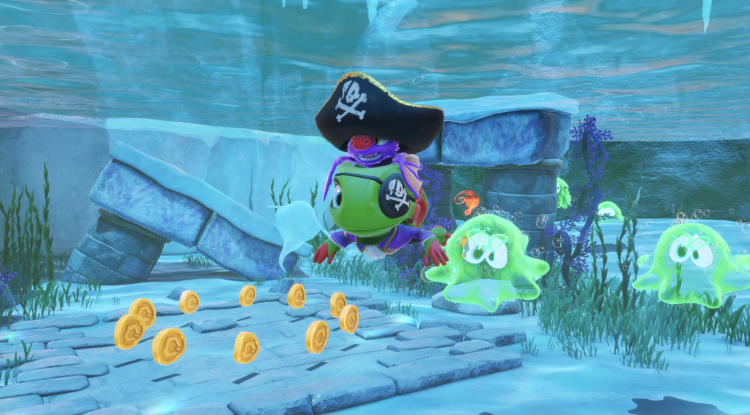
However, these mechanical updates come at a creative cost. The absence of new ideas or fresh design elements limits the game’s long-term appeal. Each level, though visually pleasing, feels predictable, structured around the same cycle of jumping puzzles and basic combat. The absence of difficulty progression leaves experienced players with little challenge beyond collecting everything.
From a presentation standpoint, the remastered visuals push Yooka-Replaylee closer to modern expectations. Lighting corrections remove the dimness of the original, and smoother animations lend energy to character movement. Still, the new graphical fidelity occasionally conflicts with the simplistic geometry and legacy animations that reveal the game’s age.
While Yooka-Replaylee makes a strong case for how older 3D platformers can be mechanically improved without losing their nostalgic core, its reliance on dated design decisions prevents it from standing beside modern genre leaders. The absence of significant storytelling depth, combined with repetitive objectives, makes the experience feel familiar rather than forward-thinking.
Overall, Yooka-Replaylee delivers on its promise of a complete overhaul. It’s faster, smoother, and far more stable than the game it replaces. The improved controls and streamlined structure make it a more accessible introduction to classic-style platforming. Yet, in refining the old framework without meaningfully reinventing it, Playtonic’s remixed sequel-remaster hybrid underscores the limits of nostalgia-driven design.
For players returning after years away from the original, Yooka-Replaylee offers a brighter, cleaner version of what they once enjoyed. For newcomers seeking a modern 3D platformer experience, it stands as a curious relic — a meticulously rebuilt, yet fundamentally old-school adventure that never fully outpaces its past.

Comments